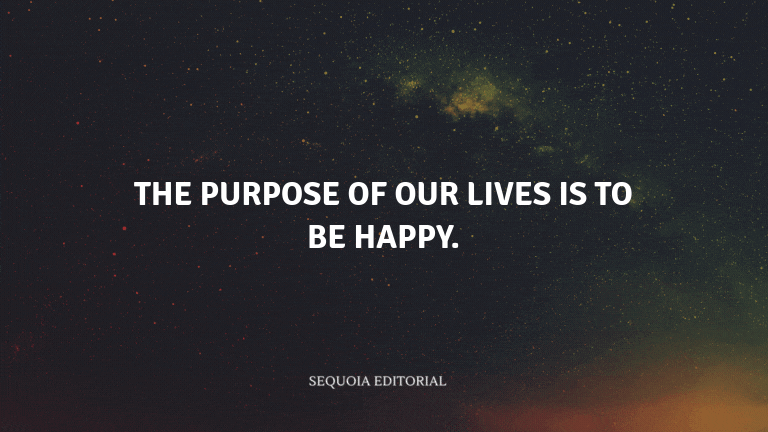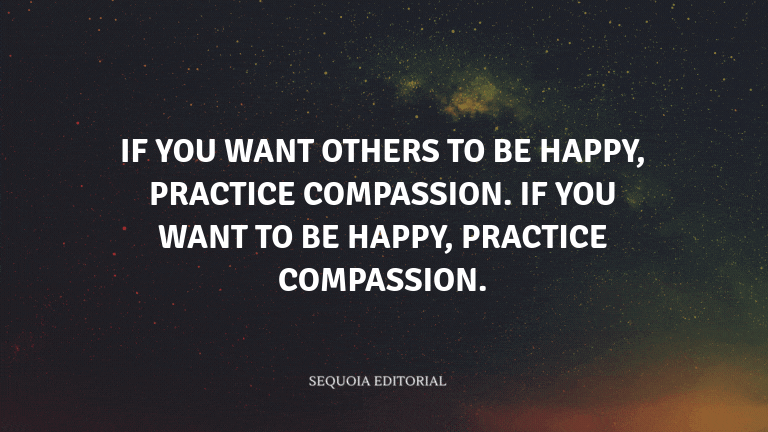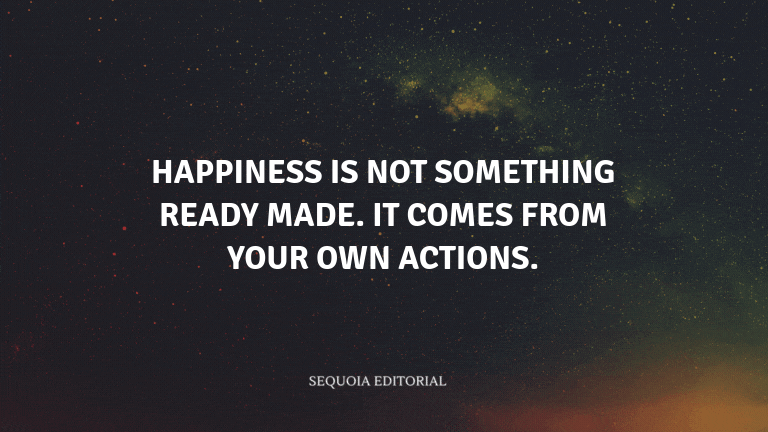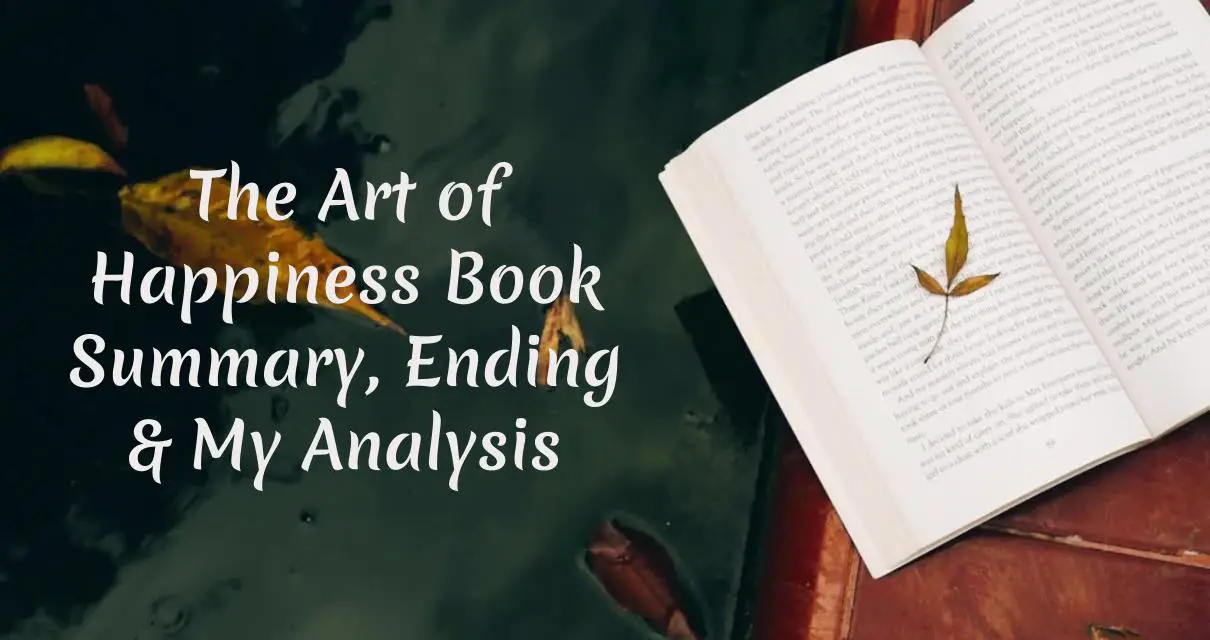The Art Of Happiness is about the collaboration between the Dalai Lama, a spiritual leader and Nobel Peace Prize winner, and Howard Cutler, a psychiatrist. It delves into the Dalai Lama's perspective on achieving lasting happiness and contentment in life through the practice of compassion, love, and mindfulness.
Table of Content
The Art Of Happiness Book Summary
Howard Cutler, a psychiatrist, has the unique opportunity to engage in a series of intimate conversations with the Dalai Lama. The book opens with a discussion on the purpose of life and the pursuit of happiness, setting the tone for the profound insights that follow.
The Dalai Lama shares his perspectives on the nature of suffering and how to overcome it. He delves into the concept of inner peace and the role of compassion as a fundamental component of human happiness.
Throughout the book, the Dalai Lama and Cutler explore the practical application of Buddhist principles and Western psychology. They discuss the impact of negative emotions and the value of cultivating positive states of mind.
There is an emphasis on the power of the mind to shape one's experiences and the importance of taking responsibility for one's own happiness. The Dalai Lama's teachings on interdependence and universal responsibility are woven into the fabric of the dialogue.
As the conversations progress, the focus shifts to the art of relationships and the ways in which human connections can bring fulfillment. The Dalai Lama shares wisdom on love and compassion, which are seen as essential for personal and global well-being.
He offers practical advice on dealing with anger, anxiety, and other negative emotions, presenting strategies for transforming them into positive states of mind. The book explores the concept of forgiveness and its liberating effects on the individual who forgives.
The Dalai Lama and Cutler address the challenges of modern life, such as stress and the pursuit of material wealth. They advocate for a more balanced approach that includes mental and emotional well-being alongside material success.
Deepening the conversation, they delve into the topic of self-esteem and the difference between genuine self-worth and the pursuit of ego-based validation. The Dalai Lama's teachings encourage a shift from self-centeredness to a more inclusive and compassionate view of the world.
The book concludes with reflections on the significance of cultivating a spiritual practice, regardless of one's religious affiliation. The Dalai Lama emphasizes the transformative power of meditation and mindfulness in achieving lasting happiness.
There is a call to action for individuals to take charge of their own happiness and to contribute positively to the well-being of others and the planet. The conversations between the Dalai Lama and Cutler serve as a guide to the pursuit of happiness as a skill that can be developed and honed.
The Art Of Happiness Quotes
- The purpose of our lives is to be happy.

- If you want others to be happy, practice compassion. If you want to be happy, practice compassion.

- Happiness is not something ready made. It comes from your own actions.

The Art Of Happiness Ending Explained
At the end of The Art of Happiness, readers are left with a profound sense of hope and direction for achieving happiness in their lives.
The book culminates with a reflection on the significance of the teachings shared by the Dalai Lama. It reiterates the importance of compassion, love, and mindfulness as pathways to inner peace and happiness.
Readers are encouraged to apply these principles in their daily lives, fostering not only their own well-being but also contributing to the greater good of humanity. The ending is a call to action, resonating with the theme of personal responsibility for one's happiness and the happiness of others.
Characters in book The Art Of Happiness
- Dalai Lama: The spiritual leader of Tibetan Buddhism, renowned for his wisdom and teachings on compassion and happiness.
- Howard Cutler: A psychiatrist and author who engages in a series of conversations with the Dalai Lama to explore the topic of happiness and well-being.
- Notable Minor Characters: Various individuals from different walks of life who share their experiences and challenges with happiness, providing context and real-world applications to the discussions between the Dalai Lama and Cutler.
Key Lessons
- Seek Inner Contentment: True happiness comes from within and is independent of external circumstances. Cultivate a sense of contentment that is not reliant on material possessions or status.
- Practice Compassion: The key to personal happiness lies in the practice of compassion towards oneself and others. Genuine care and concern for others lead to an open and joyful heart.
- Transform Negative Emotions: Negative emotions are a part of life, but they can be transformed through understanding and skillful means. Use challenges as opportunities for growth and learning.
- Cultivate Positive States of Mind: Consciously cultivate positive mental states like love, kindness, and forgiveness. These states are not only conducive to happiness but are also beneficial to physical health and well-being.
- Take Responsibility for Your Happiness: Accept that your happiness is your own responsibility. Avoid placing the burden of your well-being on external factors or other people.
- Embrace Interconnectedness: Recognize that your happiness is inherently linked with the happiness of others. Embrace a sense of global responsibility and interconnectedness with all living beings.
My Personal Opinion
Is The Art of Happiness worth reading? Absolutely yes, I found it to be a profound and transformative exploration of the nature of happiness.
I was captivated by the Dalai Lama's wisdom and his ability to distill complex emotional and spiritual concepts into practical advice. However, some parts of the book felt repetitive, which may be a deliberate technique to reinforce key messages.
I would recommend this book to anyone seeking a deeper understanding of happiness and well-being. It is especially valuable for those who are open to integrating Eastern philosophy with Western psychology to enhance their quality of life.

